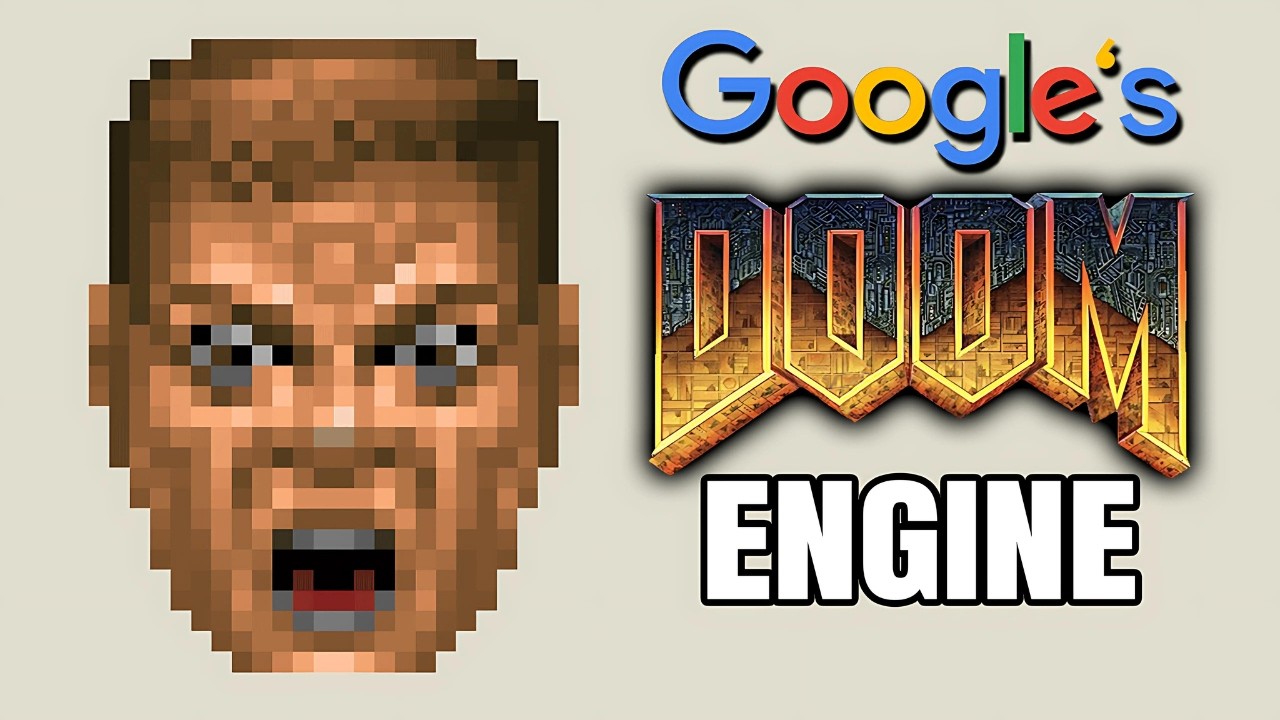The video explores the advancements in AI that enable the creation of fully AI-generated video games, highlighting a project by Google Research that successfully recreated Doom using a neural network for real-time gameplay. It discusses the potential for this technology to revolutionize content creation across various media while also addressing current limitations and concerns regarding the future of traditional developers.
The video discusses the groundbreaking advancements in artificial intelligence (AI) that are enabling the creation of fully AI-generated video games, specifically highlighting a recent project by Google Research that successfully recreated the classic game Doom. Jensen Huang, CEO of Nvidia, predicts a future where every pixel in video games is generated in real-time, creating unique experiences tailored to individual players. This shift from traditional game development, where every aspect is predefined by developers, to real-time generation represents a significant evolution in how video games are created and experienced.
The video explains the historical context of video game development, starting with the original Doom, which was revolutionary for its time. It notes the hacker culture surrounding Doom, where it has been run on various unconventional devices. The discussion then transitions to the evolution of procedural generation in games, where levels and worlds are created using algorithms rather than being entirely predefined. The current advancement allows for games to be generated on-the-fly using AI, meaning that no programmer has to write the code for the game’s visuals or mechanics.
A key focus of the video is the research paper titled “Diffusion Models are Real-Time Game Engines,” which details how Google and its collaborators developed a neural network capable of simulating Doom in real-time. The neural network predicts the next frame of the game based on player actions and previous frames, allowing for interactive gameplay at over 20 frames per second. This innovation demonstrates that complex video games can be run entirely by AI, paving the way for a new paradigm in game development where games are defined by neural models rather than traditional coding.
The implications of this technology extend beyond gaming, suggesting a future where content creation in various media—such as movies, television, and music—could be similarly automated. The ability to generate tailored content for individual users opens up possibilities for infinite customization and personalization. The video also raises concerns about the potential obsolescence of traditional developers and content creators, as AI could take over many aspects of content generation.
However, the video acknowledges the current limitations of this technology, including memory constraints and the tendency for AI to produce “hallucinations” or inaccuracies in the generated content. It emphasizes the need for further advancements in AI memory capabilities and training data to improve the quality and reliability of AI-generated content. Ultimately, the video envisions a future where AI serves as the primary interface for accessing and generating all forms of digital content, fundamentally transforming the landscape of technology and entertainment.
